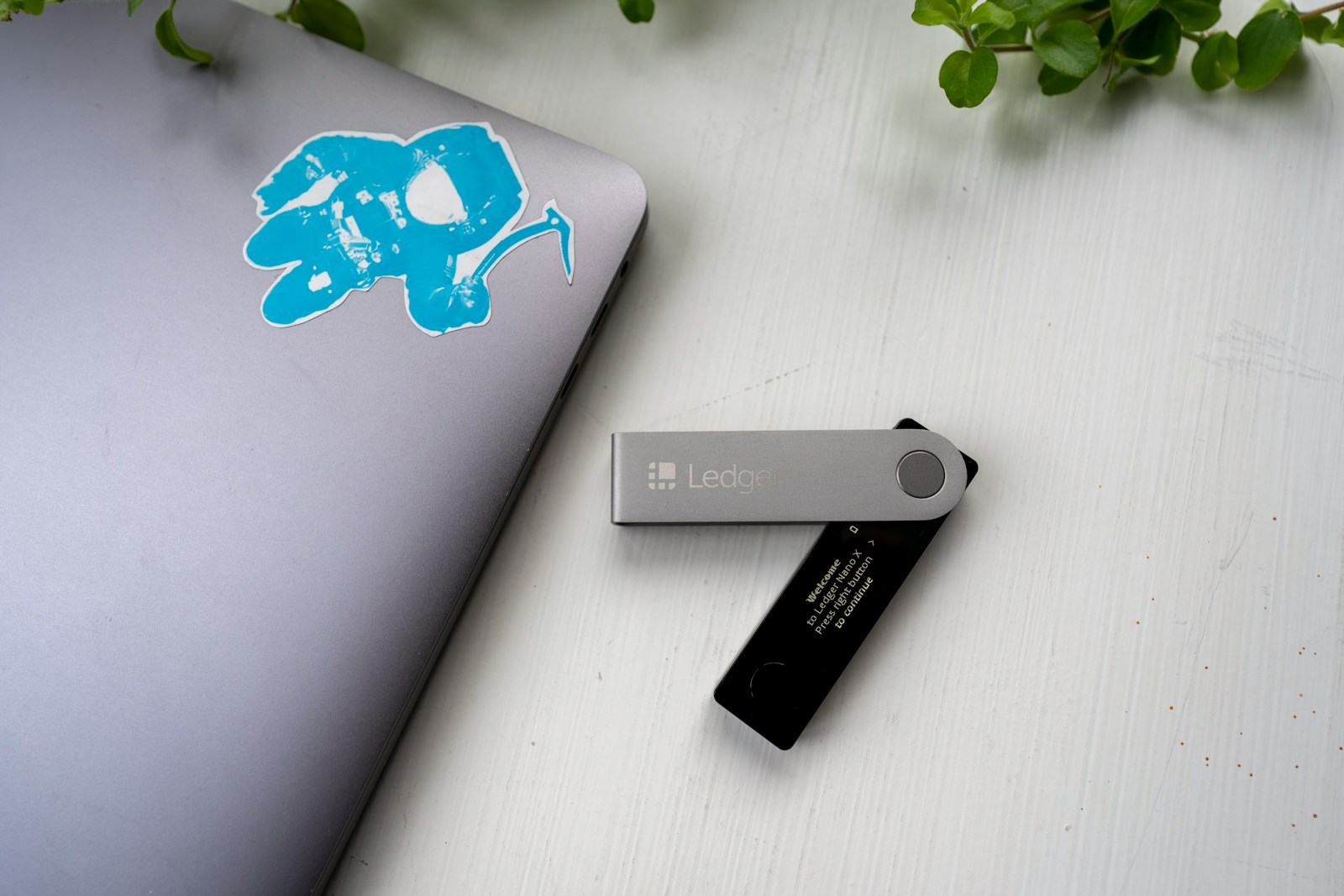
Blockchain is a decentralized ledger system that operates across a distributed network, enabling multiple participants to record transactions securely without relying on a central authority. This architecture enhances security by making data tampering nearly impossible, as each block contains a cryptographic hash of the previous one, forming an immutable chain. In practical terms, this means trust is established through consensus mechanisms rather than intermediaries.
The innovation behind this technology lies in its ability to maintain transparency while protecting privacy within the network. For example, Bitcoin’s blockchain processes roughly 300,000 transactions daily, validating them through proof-of-work algorithms that secure the entire ecosystem against fraud or double-spending. Beyond cryptocurrencies, industries like supply chain management and healthcare are adopting blockchain to improve traceability and reduce errors.
A crucial distinction is the distributed nature of blockchain compared to traditional centralized databases. Data copies exist simultaneously on numerous nodes worldwide, which mitigates risks related to single points of failure or cyberattacks targeting centralized servers. This design not only strengthens resilience but also facilitates faster recovery after incidents, making it attractive for enterprises seeking robust security solutions amid rising cyber threats.
How does this translate into real-world applications? Consider Ethereum’s platform that extends blockchain capabilities by supporting smart contracts–self-executing agreements coded directly onto the ledger. These programmable contracts automate complex workflows across sectors such as finance and real estate, reducing costs and human error. As market conditions increasingly favor transparency and efficiency, decentralized ledgers continue gaining momentum as foundational tools in modern IT infrastructure.
Understanding blockchain technology through core principles and practical insights
Blockchain operates as a distributed ledger, where data is recorded across multiple nodes in a network rather than centralized servers. This architecture ensures that every participant holds an identical copy of the ledger, significantly enhancing security by making unauthorized alterations nearly impossible without consensus from the majority of the network. The decentralized nature eliminates single points of failure, which are common vulnerabilities in traditional databases.
The network comprises numerous independent computers, often referred to as nodes, that validate and record transactions in sequential blocks. Each block contains a cryptographic hash of the previous block, creating an immutable chain resistant to tampering. For example, Bitcoin’s blockchain maintains over 14,000 active nodes worldwide, contributing to its robust security model and transparency for all participants.
Decentralization and transparency as pillars of trust
A key advantage lies in its decentralized framework; no central authority controls the ledger. This distributes power among participants, reducing risks associated with centralized control such as censorship or fraud. Transparency emerges naturally because all transaction histories are publicly accessible and verifiable on many public blockchains, enabling real-time auditing without intermediaries.
This approach contrasts sharply with traditional financial systems where ledgers are proprietary and opaque. Ethereum’s smart contracts exemplify this innovation by automating agreements transparently on-chain. In sectors like supply chain management, companies leverage blockchain to track goods from origin to destination–enhancing accountability and reducing counterfeiting through immutable records visible to all stakeholders.
Security mechanisms rooted in cryptography and consensus algorithms
The underlying security depends on cryptographic techniques such as SHA-256 hashing combined with consensus protocols like Proof of Work (PoW) or Proof of Stake (PoS). These mechanisms ensure that adding new blocks requires solving complex mathematical puzzles or staking tokens, thus aligning incentives for honest participation while deterring malicious actors. For instance, PoW consumes significant energy but offers high resilience against attacks; PoS reduces energy use but demands careful economic design to prevent centralization.
This balance between scalability, security, and decentralization remains an active research area known as the “blockchain trilemma.” Notable projects like Cardano adopt hybrid consensus models aiming to optimize these parameters simultaneously. Understanding these trade-offs is essential when evaluating blockchain applications beyond cryptocurrencies.
Diverse applications demonstrating technological versatility
Apart from cryptocurrencies such as Bitcoin and Ethereum, blockchain finds utility across industries including healthcare for secure patient records management, finance for cross-border payments settlement, and even voting systems designed to increase electoral integrity through transparent audit trails. Recent adoption by multinational banks underscores growing confidence in distributed ledger technology’s ability to reduce transaction costs while increasing processing speed.
The role of innovation amid evolving regulatory landscapes
The pace of innovation within distributed networks accelerates alongside shifting legal frameworks worldwide. Governments weigh regulations balancing consumer protection against stifling technological progress. For instance, recent EU legislation aims at standardizing digital asset treatment while ensuring anti-money laundering compliance without compromising network openness.
This dynamic environment encourages continuous development of privacy-preserving protocols like zero-knowledge proofs that enhance confidentiality without sacrificing transparency–a critical factor for enterprise adoption where sensitive information handling is paramount.
An ongoing evolution demanding informed engagement and scrutiny
Cognizance of blockchain’s intricacies allows professionals to navigate opportunities effectively amid fluctuating market conditions marked by volatility yet sustained institutional interest. As innovations integrate further into traditional infrastructures, evaluating technical limitations alongside economic implications remains vital for strategic decision-making.
A rigorous understanding fosters realistic expectations about scalability challenges and energy consumption debates while appreciating blockchain’s potential to transform data integrity paradigms fundamentally through transparent networks resistant to manipulation or censorship.
How Blockchain Records Transactions
Transaction recording on a decentralized network relies on the intrinsic structure of blockchain technology, which utilizes a distributed ledger shared among all participants. Each transaction is grouped into a block, verified by consensus mechanisms such as Proof of Work (PoW) or Proof of Stake (PoS), and then appended to the existing chain. This process ensures immutability and transparency, as every node in the network holds an identical copy of the ledger.
The innovation behind this system lies in cryptographic hashing and timestamping, which link blocks sequentially. Every new block contains a hash of the previous one, preventing alteration without redoing all subsequent hashes–an operation demanding immense computational power. This design reinforces security against tampering and double-spending within the network.
Consensus Protocols and Network Verification
A critical element in recording transactions involves consensus protocols that validate entries before inclusion in the blockchain. Decentralized networks employ algorithms like PoW or PoS to achieve agreement across geographically dispersed nodes. For example, Bitcoin’s PoW requires miners to solve complex puzzles, ensuring that only legitimate transactions are confirmed while deterring fraudulent activity through economic incentives.
On the other hand, Ethereum 2.0’s transition to PoS drastically reduces energy consumption by selecting validators proportionally to their stake rather than computational effort. This shift highlights how evolving technology optimizes both security and scalability while maintaining network integrity during transaction processing.
- Distributed Ledger: All nodes maintain synchronized copies of transaction data, enhancing fault tolerance.
- Cryptographic Security: Transactions are digitally signed using private keys for authentication.
- Immutability: Once recorded, altering past transactions requires consensus from most network participants.
The distributed nature eliminates single points of failure common in centralized databases; if some nodes go offline or act maliciously, others preserve correct records. This redundancy enhances resilience against cyber-attacks and operational disruptions–a crucial advantage demonstrated during multiple high-profile cyber incidents where traditional systems failed but blockchain-based ledgers remained intact.
This architecture inherently strengthens transactional security: digital signatures prevent unauthorized spending, while consensus ensures coordinated validation without central authority interference. Moreover, continuous technological advancements aim at reducing latency and increasing throughput–parameters essential for integrating blockchain into mainstream financial systems under current market dynamics marked by rising demand for reliable cross-border settlements.
Decentralization Benefits in Practice
Decentralized networks leverage distributed ledger technology to eliminate single points of failure, significantly enhancing system robustness and security. Unlike centralized databases, a blockchain’s distributed nature means that data is simultaneously stored across multiple nodes, making unauthorized alterations practically impossible without consensus from the majority of participants. This structure inherently reduces risks associated with hacking or data tampering, as seen in financial applications like Ripple and Ethereum, where network attacks are mitigated by redundant validation processes spanning thousands of nodes worldwide.
Transparency emerges as a critical advantage within decentralized environments. Every transaction recorded on a public ledger is verifiable and immutable, providing an auditable trail accessible to all network participants. This openness enhances trust among users and regulators alike–DeFi platforms such as Uniswap demonstrate how transparent smart contract execution fosters user confidence while enabling regulatory scrutiny without compromising privacy. Moreover, transparency facilitates innovation by allowing developers to build upon open-source protocols that benefit from collective verification rather than centralized gatekeeping.
The distributed architecture also enables resilience under adverse conditions. For example, during geopolitical disruptions or infrastructure failures, decentralized systems maintain operational continuity by rerouting data through unaffected nodes. This characteristic was notably tested during internet shutdowns in certain regions; blockchain-based communication tools like Status Network continued functioning because no central server dictated access control. Such redundancy not only guarantees uninterrupted service but also supports censorship resistance, empowering users to transact freely regardless of external pressures.
From an economic standpoint, decentralization cuts costs related to intermediaries and administrative overhead traditionally embedded in centralized frameworks. By automating trust via cryptographic consensus mechanisms, blockchain technology streamlines processes ranging from cross-border payments to supply chain verification. Case studies involving IBM Food Trust illustrate how distributed ledgers reduce fraud and inefficiencies by delivering real-time provenance data directly shared between producers, suppliers, and retailers without intermediary delays or costs. As adoption accelerates amid evolving market demands, these practical benefits continue driving widespread technological advancement across sectors.
Expanding Blockchain Applications Beyond Cryptocurrency
The decentralized and distributed nature of blockchain networks fundamentally transforms how data is recorded, shared, and secured across industries. Leveraging an immutable ledger ensures unparalleled transparency and security by design, eliminating intermediaries while enabling real-time verification of transactions or events. This shift moves beyond digital currencies into domains such as supply chain management, healthcare records, voting systems, and intellectual property rights management.
For instance, companies like IBM with their Food Trust platform utilize blockchain to trace food provenance accurately, reducing fraud and contamination risks. Similarly, Estonia’s e-Residency program employs a secure distributed ledger for identity verification at a national scale, enhancing trust without compromising privacy. These examples demonstrate that the underlying technology delivers not only innovation in operational efficiency but also bolsters systemic resilience against cyber threats.
Technical Insights and Future Implications
Network Architecture: Permissioned blockchains provide tailored access control within industry consortia, balancing openness with confidentiality requirements. Public ledgers offer maximal transparency yet face scalability challenges; recent Layer 2 solutions address throughput limitations by processing thousands of transactions per second off-chain before settling on the mainnet.
Security Paradigms: Cryptographic hashing combined with consensus algorithms–such as Proof of Stake (PoS) or Practical Byzantine Fault Tolerance (PBFT)–ensures data integrity without centralized authority. As quantum computing looms on the horizon, post-quantum cryptographic schemes are being integrated to future-proof distributed ledgers against emerging threats.
- Transparency Enhancements: Real-time auditability reduces compliance costs in heavily regulated sectors like finance and pharmaceuticals.
- Innovation Acceleration: Smart contracts automate complex workflows–ranging from insurance claims to automated royalty payments–cutting operational overhead by up to 30% according to Deloitte’s recent analysis.
The convergence of blockchain with IoT devices enables dynamic network interactions where data authenticity is critical–for example, verifying sensor data in autonomous vehicles or energy grids. Furthermore, integrating decentralized identity frameworks promises greater user control over personal data while simplifying cross-platform authentication protocols.
Looking ahead, interoperability standards such as Polkadot and Cosmos aim to connect isolated blockchains into cohesive ecosystems that enhance scalability and functional diversity. Will enterprises fully harness this potential? Adoption rates suggest a growing appetite for transparent yet secure systems that reduce friction in multi-stakeholder environments.
In conclusion, distributed ledger technology extends well beyond cryptocurrency applications by embedding security and transparency directly into the fabric of digital networks. This evolution supports innovative business models while addressing critical vulnerabilities inherent in centralized infrastructures. Continuous advancements in consensus mechanisms and cryptographic methods will determine how broadly these transformative capabilities permeate global industries over the next decade.








